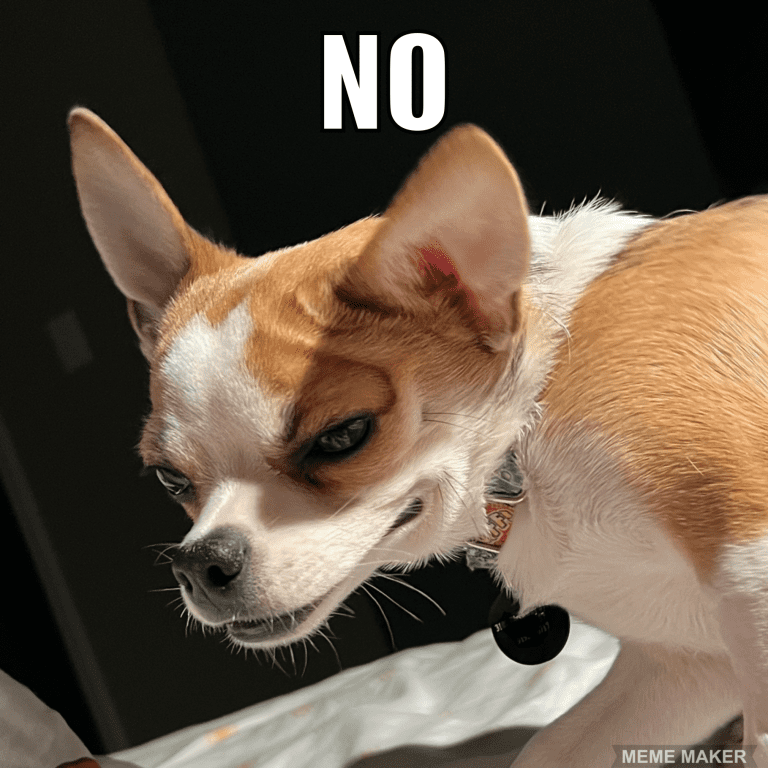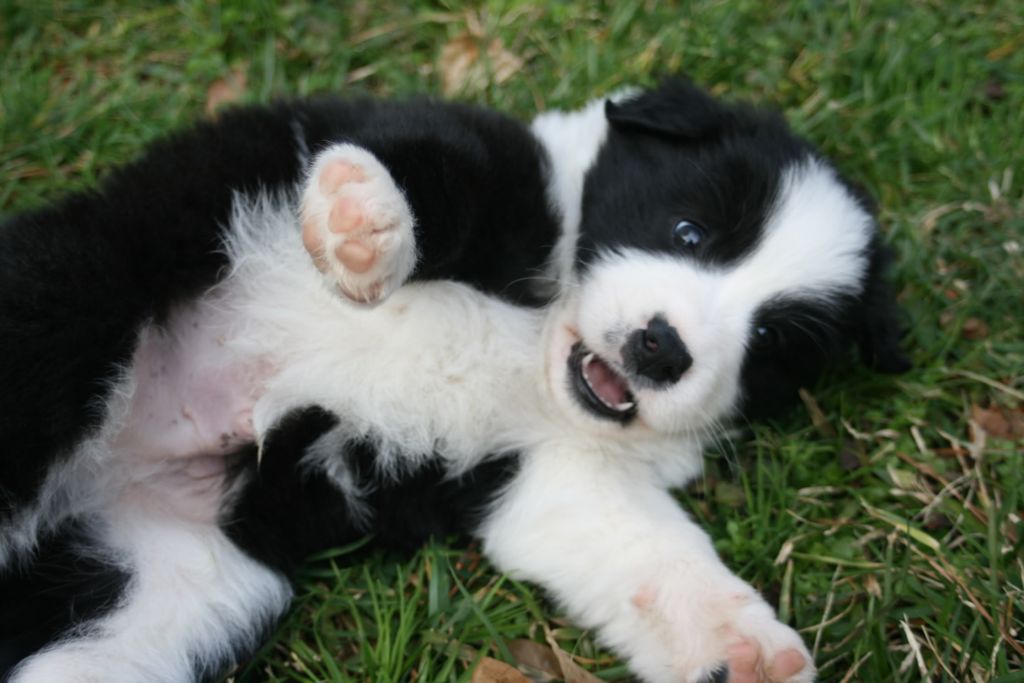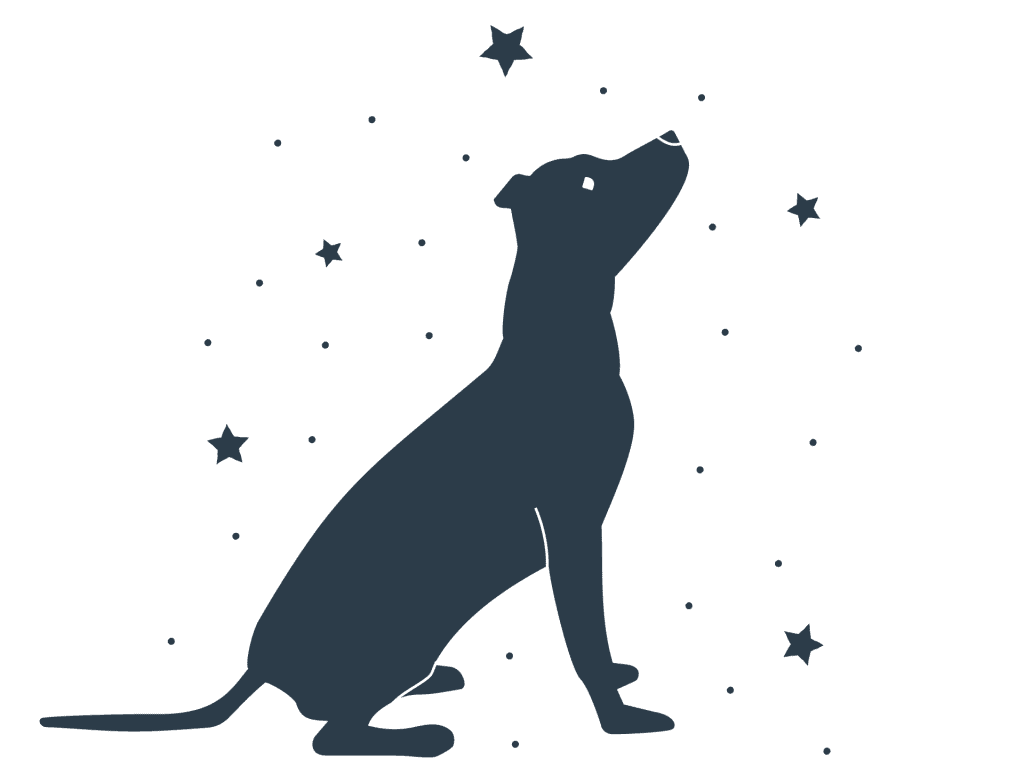Since dogs don’t speak human (and they don’t wear mood rings), it can sometimes be difficult to tell exactly what you pup is saying. Much of the information they convey is through body language, specifically through facial expressions and body postures.
Because behavior can be interpreted differently by different people, it is important to view it objectively and pay attention to what the dog’s face and entire body are doing. Interpretations can vary depending on the context. And, just as humans can be excited and nervous at the same time, dogs can show conflicting signals too.
In order to observe body language in context, consider the following: the situation, body language signals, and the body language expressed by all parts of the dog’s body.
Body language changes based on feedback from the environment and can shift in a split second.
When we have a better understanding of how dogs communicate, we’re more compassionate and patient. If we can look at their behaviors and body language and determine that the dog is likely anxious, afraid, or frustrated, for example, we can do something to help them feel better.




